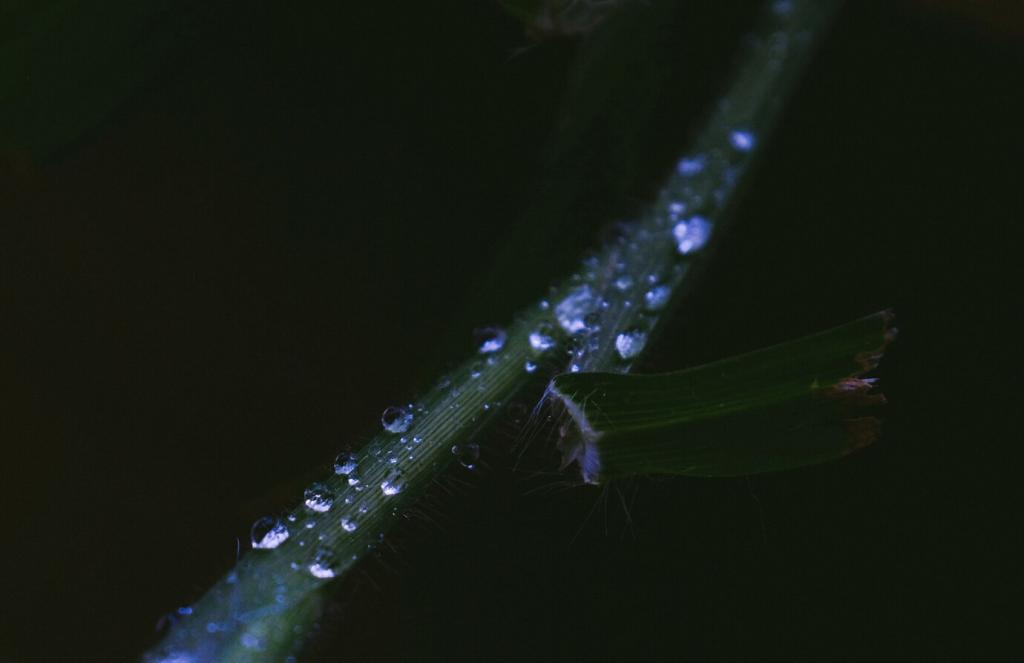
Green Roof Technologies
Green roof technologies represent an innovative and sustainable approach to urban architecture and environmental management. By integrating living vegetation into building rooftops, these systems offer a range of benefits that improve both urban environments and the performance of buildings themselves. Through advanced materials, engineering methods, and plant science, green roofs contribute to biodiversity, energy efficiency, and the holistic wellbeing of city dwellers. As cities expand and environmental concerns mount, understanding the design, implementation, and advantages of green roofs is increasingly important for architects, developers, and the public alike.
History and Evolution of Green Roofs
Early Examples and Inspirations
Centuries ago, civilizations utilized rooftop gardens for both practical and aesthetic purposes. The Hanging Gardens of Babylon, often considered one of the ancient wonders of the world, exemplified early ambition to integrate greenery into manmade structures. Scandinavian sod roofs, used for insulation and resource management, further show that integrating vegetation with architecture has longstanding historical roots, serving both utilitarian and ornamental functions.
Technological Advances in the 20th Century
With the rise of industrial cities and advances in construction techniques during the 20th century, green roofs underwent significant changes. German researchers pioneered contempory green roof systems, developing multilayered solutions that addressed drainage, waterproofing, and soil retention. This period saw the transition from simple, soil-on-roof arrangements to engineered ecosystems that could weather urban conditions and deliver consistent environmental benefits.
Modern Adoption and Global Trends
In recent decades, green roof technologies have seen worldwide adoption in response to rising urban densities and environmental challenges. Cities from Singapore to New York now promote green rooftops through incentives and policies, recognizing their multi-dimensional advantages. Modern green roof systems are increasingly integrated within large-scale urban planning, and ongoing research continues to expand their potential applications in diverse climates and contexts.


Previous slide
Next slide
Benefits to Urban Environments
Urban Heat Island Mitigation
Green roofs play an essential role in reducing the urban heat island effect, a phenomenon where city centers experience significantly higher temperatures than surrounding rural areas due to heat-absorbing surfaces. By providing a living blanket of vegetation, green roofs reflect sunlight, increase evapotranspiration, and reduce overall ambient temperatures. This not only improves comfort for city dwellers but also reduces the energy needed for cooling buildings.
Stormwater Management
One of the most significant environmental challenges facing urban areas is effective stormwater management. Green roofs assist by absorbing and slowly releasing rainwater, thus reducing runoff and lowering the risk of flooding. Their substrates and plant layers act as natural sponges and filters, improving water quality by capturing pollutants and providing a buffer during heavy rain events, ultimately supporting the resilience of urban drainage systems.
Biodiversity and Habitat Creation
Green roofs serve as critical habitats for birds, insects, and other urban wildlife, fostering biodiversity within dense city landscapes. By offering refuge and food sources, green roofs help connect fragmented habitats and support pollinator populations essential for both natural ecosystems and food production. These living rooftops contribute to ecological networks, even in the heart of the most built-up environments.

Waterproofing Membranes
At the base of every green roof lies a robust waterproofing membrane, safeguarding the underlying structure from moisture intrusion. High-quality membranes are selected for their resilience against root penetration and long-term exposure to the elements. Technological advances in these barriers have significantly reduced the risk of leaks, making green roofs a dependable choice for both residential and commercial properties.

Drainage and Substrate Systems
Beneath the vegetation lies a sophisticated drainage system, ensuring that excess water is channeled away without compromising plant health or building integrity. Specialized layers facilitate air and water flow, preventing both waterlogging and drought conditions. The growing medium, or substrate, is formulated to be lightweight, nutrient-rich, and supportive of root growth, representing an intersection of horticulture and engineering expertise.

Vegetation Selection and Planting Techniques
The choice of plants is critical to the success of any green roof. Selected species must thrive in rooftop conditions characterized by wind, sun exposure, and variable moisture. Advances in planting techniques and plant breeding have expanded available palettes, enabling designers to tailor vegetation to local climates, aesthetic goals, and ecological priorities. Monitoring and maintenance practices are informed by ongoing study and real-world experience, helping green roofs flourish year after year.
Sustainability and Energy Efficiency
Green roofs act as natural insulating layers for buildings, reducing thermal exchange between the indoor and outdoor environment. This leads to decreased heating needs in winter and less reliance on air conditioning in summer, translating into significant energy savings. Studies have consistently shown that buildings equipped with green roofs have lower energy consumption and improved comfort levels for occupants throughout the year.
Previous slide
Next slide
A common concern surrounding green roofs is their added weight, which affects both cost and feasibility, particularly for older buildings. Engineers and manufacturers have responded with lighter substrates, modular systems, and pre-planted trays that ease installation. Financial incentives, such as grants and tax credits, can also help offset initial costs, making green roofs more accessible for a wider range of projects.
